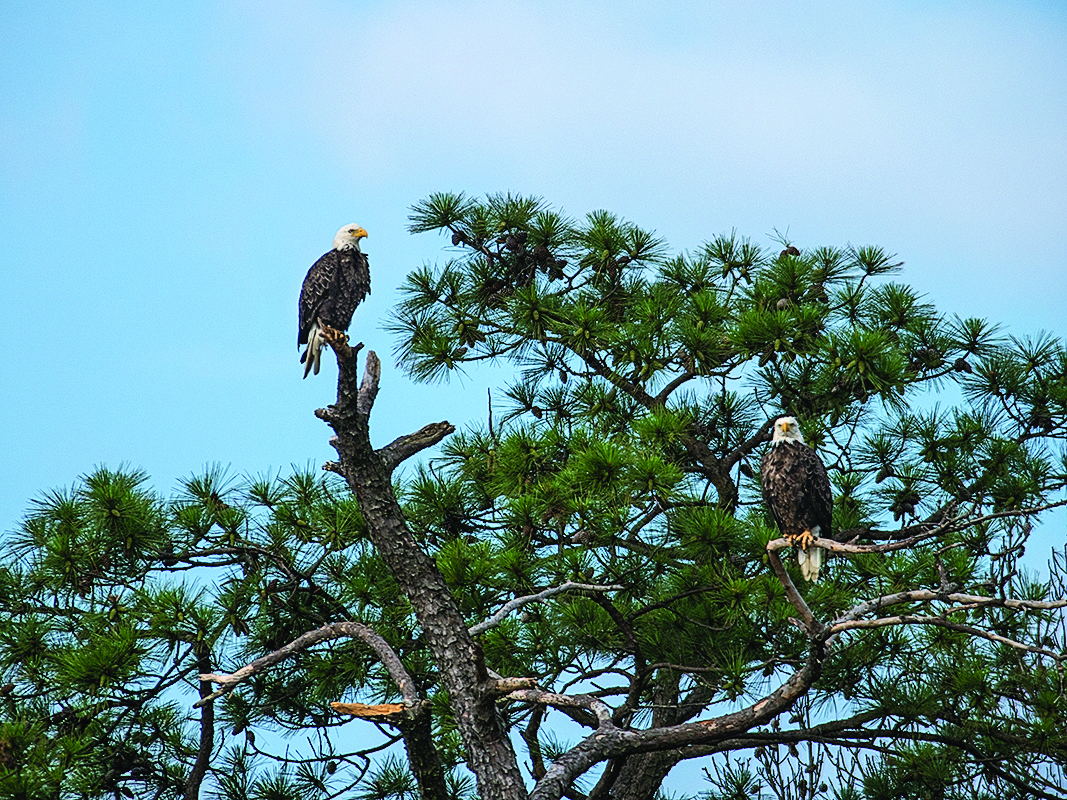Bald eagles are conservation darlings. Once lurching toward extinction, eagles flew off the endangered species list as the number of mating pairs nationwide soared from a low of a few hundred in the 1960s to nearly 10,000 by 2010.
And the Chesapeake Bay region has continued to burnish its reputation as one of the country’s top bald eagle breeding grounds, registering a nearly fivefold leap in paired males and females during the past two decades.
But can there be too much of a good thing? Perhaps so, according to one of the region’s leading avian researchers.
Bryan Watts, founder and director of the Center for Conservation Biology at Virginia’s College of William and Mary, has authored dozens of academic papers on bald eagles over a more than 30-year career. In the past 20 years or so, he said, he has documented a shift in the behavior of adult males during nesting season.
The change was subtle at first. But as Watts continued to monitor the phenomenon, he realized that he was watching ...
To view the rest of this article, you must log in. If you do not have an account with us, please subscribe here.

